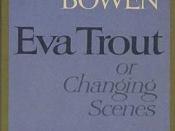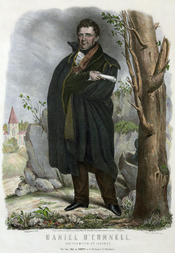"Colleen Modernism": Modernism's Afterlife in Irish Women's Writing
Scholars interested in studying twentieth-century Irish women's writing can make use of a rich body of single author monographs, intellectual biographies, and insightful critical articles as well as the wealth of material provided in volumes 4 and 5 of The Field Day Anthology of Irish Writing. A number of these studies address the biographical links between twentieth-century Irish women writers and influential modernists, informing readers, for instance, that Maud Gonne encountered the Futurist Valentine de St. Point in Paris, or that Mary Colum hobnobbed with F. Scott Fitzgerald, Eugene O'Neill, and Elinor Wylie in America. But few address in any sustained way how these writers engaged with modernist imperatives. In recent years, Elizabeth Bowen has been situated convincingly among the pantheon of modernists.1 However, with a few notable exceptions, experimental Irish women writers like Brigid [End Page 94] Brophy, Mary Manning, Blanaid Salkeld, and Sheila Wingfield are regularly ignored in accounts of modernism, whereas others whose work might be claimed for this movement still hover outside its margins.2
Kate O'Brien, for example, is generally read as a realist, Dorothy Macardle charged with conformist historiography, and Mary Colum merely mined for anecdotes about Joyce.
Literary scholarship, in other words, has been reluctant to explore the significant contributions Irish women writers have made to modernism. However, a surprising number of these authors-including the three examined in this essay, Elizabeth Bowen, Brigid Brophy, and Mary Manning-helped to fashion and promote high modernism's formal and thematic innovations. The rubric of "Colleen Modernism," a term I have coined to describe the profound and intricate relationship of Irish women writers to international modernism, can help us locate and understand the intentions, production, and reception of twentieth-century Irish women writers whose work has been excluded from discussion or admitted...


